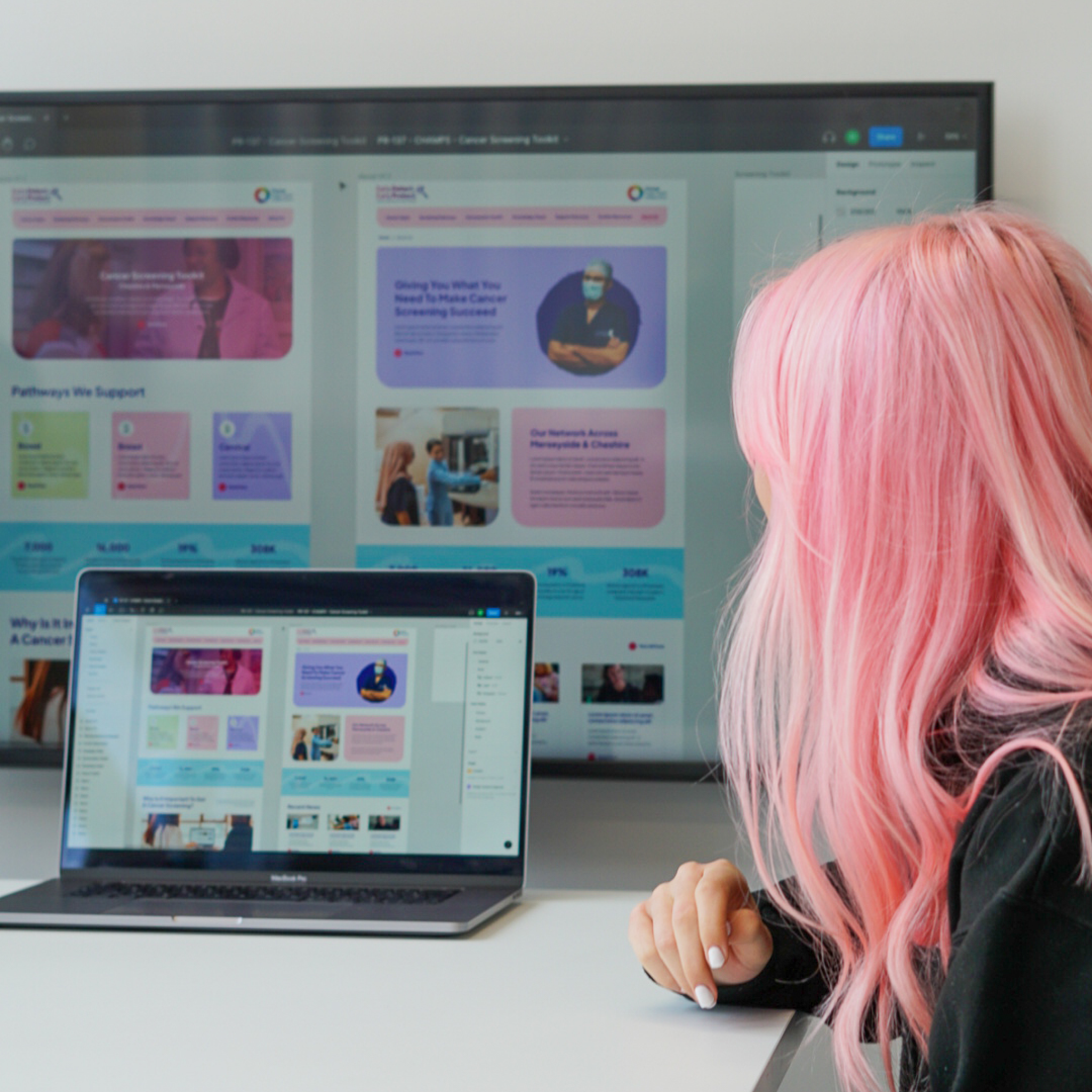
Accessibility is a crucial aspect of modern, effective communication. When it comes to creating accessible content, one often overlooked factor is the choice of typeface. Selecting the right typeface can greatly enhance the readability and legibility of your message, ensuring that it reaches a wider audience. In this post, we will explore the key considerations and guidelines for choosing a typeface that promotes accessibility in your communications.
1. Prioritise Readability
The primary goal of an accessible typeface is to ensure readability for all individuals, including those with visual impairments or reading difficulties. Look to opt for typefaces that are clear, well-defined, and easily distinguishable; whilst also seeking to avoid decorative or ornate fonts that may hinder legibility, and instead, choose clean and simple designs.
2. Optimal Character Spacing
Character spacing, also known as kerning, plays a vital role in readability. Ensure that your chosen typeface has appropriate spacing between characters. Tight spacing can make it difficult to differentiate individual letters, while excessive spacing may cause words to lose their coherence. Strike a balance to maintain legibility without compromising aesthetics.
3. Consider Font Size and Weight
Font size and weight significantly impact accessibility. Choose a typeface that offers a range of sizes to accommodate different reading needs. A minimum font size of 12 points is generally recommended for body text, but larger sizes may be necessary for individuals with visual impairments. Additionally, varying font weights can help create visual hierarchy, making it easier for readers to navigate through the content.
4. Contrast and Colour
High contrast between the text and its background is crucial for legibility. Consider using dark text on a light background or vice versa; and try to avoid colour combinations with low contrast, such as light grey on white, as they can be challenging for individuals with visual impairments. Additionally, ensure that colour is not the sole means of conveying information, as colourblind individuals may have difficulty perceiving it. Supplement colour with other visual cues or text descriptions whenever possible.
5. Consider Accessibility Standards
When selecting a typeface, it’s essential to adhere to accessibility standards and guidelines. For digital content, ensure that the typeface is compatible with screen readers and responsive across different devices. Choosing a web-safe font or utilising web fonts through reliable platforms can help ensure consistent accessibility across browsers and devices.
6. Test and Gather Feedback
After finalising your typeface choice, consider whether you can conduct user testing to validate its accessibility. Ask individuals with different visual abilities and reading difficulties to provide feedback on readability and legibility. Incorporate their input and make necessary adjustments to improve the overall accessibility of your communications.
Choosing the right typeface is a crucial step in creating accessible communications. By prioritising readability, optimising character spacing, considering font size and weight, ensuring contrast and colour accessibility, following accessibility standards, and seeking feedback, you can make your content more inclusive and accessible to a diverse audience. Remember, accessible communications not only benefit individuals with disabilities but also contribute to a better user experience for everyone. So, let’s embrace the power of typefaces and create a more inclusive digital world.